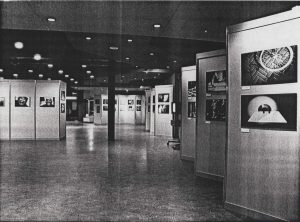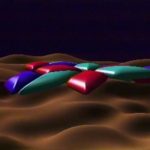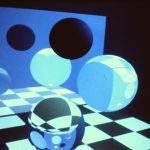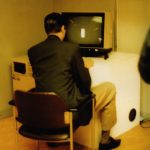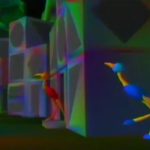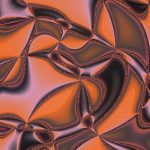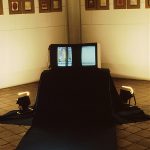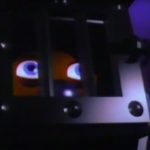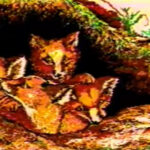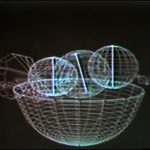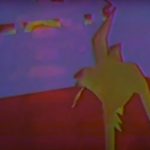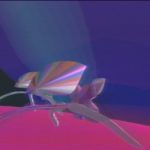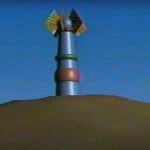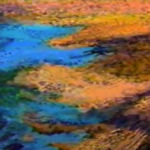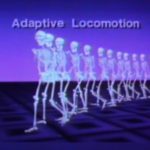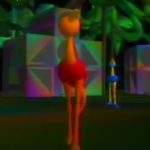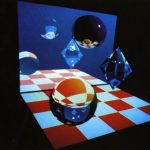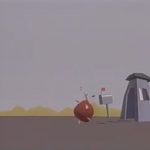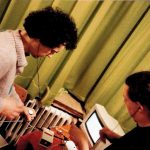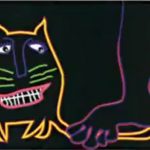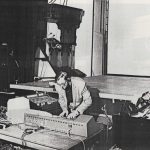FISEA Art Event Overview
FISEA: [Overview] [Venues] [Presentations] [Workshops] [Art Events] [Gallery]
-
Art Exhibitions:
- The Art Show ran parallel to the symposium in the Jaarbeurs Bernardhal. It offered an overview of new art whereby the computer plays a role. These were selected from the competitions. Next to this, there was a special exhibition on computer art from Great Britain and new work from the Ohio State University from the United States. The work was shown as prints of computer-graphics, paintings based on computer-designs, video-documentaries of performances and other forms of electronic art, sculptures designed or produced with computer techniques, installations, computer animations on video and interactive computer programs. A call was sent out for a number of international competitions on:
- computer graphics & images processing
- computer animation
- video art
- films & videos
- the Omniversum competition and
- the open-air event in Rotterdam.
Screenings:
- The different video-formats – VHS, U-matic, Betamax and video-norms – PAL, NTSC, SECAM were problematic for the selection of the submissions! The audiovisual service of Dijkzicht Hospital (Rotterdam) converted all the video to PAL-VHS so the jury could watch more than 16 hours of video from 5 identical tapes. [Read more]
-
Electronic Theatre
Curator(s)/Director(s)/Producer(s):
-
This part of the program consisted of the premiere of two productions made for FISEA – the prize winners of the international ‘Omniversum-competition’. This was an idea of – and was initiated by Wim van der Plas and Wim Bijleveld.
Winners:
- Ronald Nameth, Stockholm, SE
- P. Walboom & M.Y Zult, The Hague, NL
- Rudi Fuchs, director of the The Hague Municipal ... [Read more]
Computer Graphics Research Group, Ohio State University: Students computer animations
Concerts & Performances:
-
ISEA Concerts
Other Performances
- The Art Show ran parallel to the symposium in the Jaarbeurs Bernardhal. It offered an overview of new art whereby the computer plays a role. These were selected from the competitions. Next to this, there was a special exhibition on computer art from Great Britain and new work from the Ohio State University from the United States. The work was shown as prints of computer-graphics, paintings based on computer-designs, video-documentaries of performances and other forms of electronic art, sculptures designed or produced with computer techniques, installations, computer animations on video and interactive computer programs. A call was sent out for a number of international competitions on:

